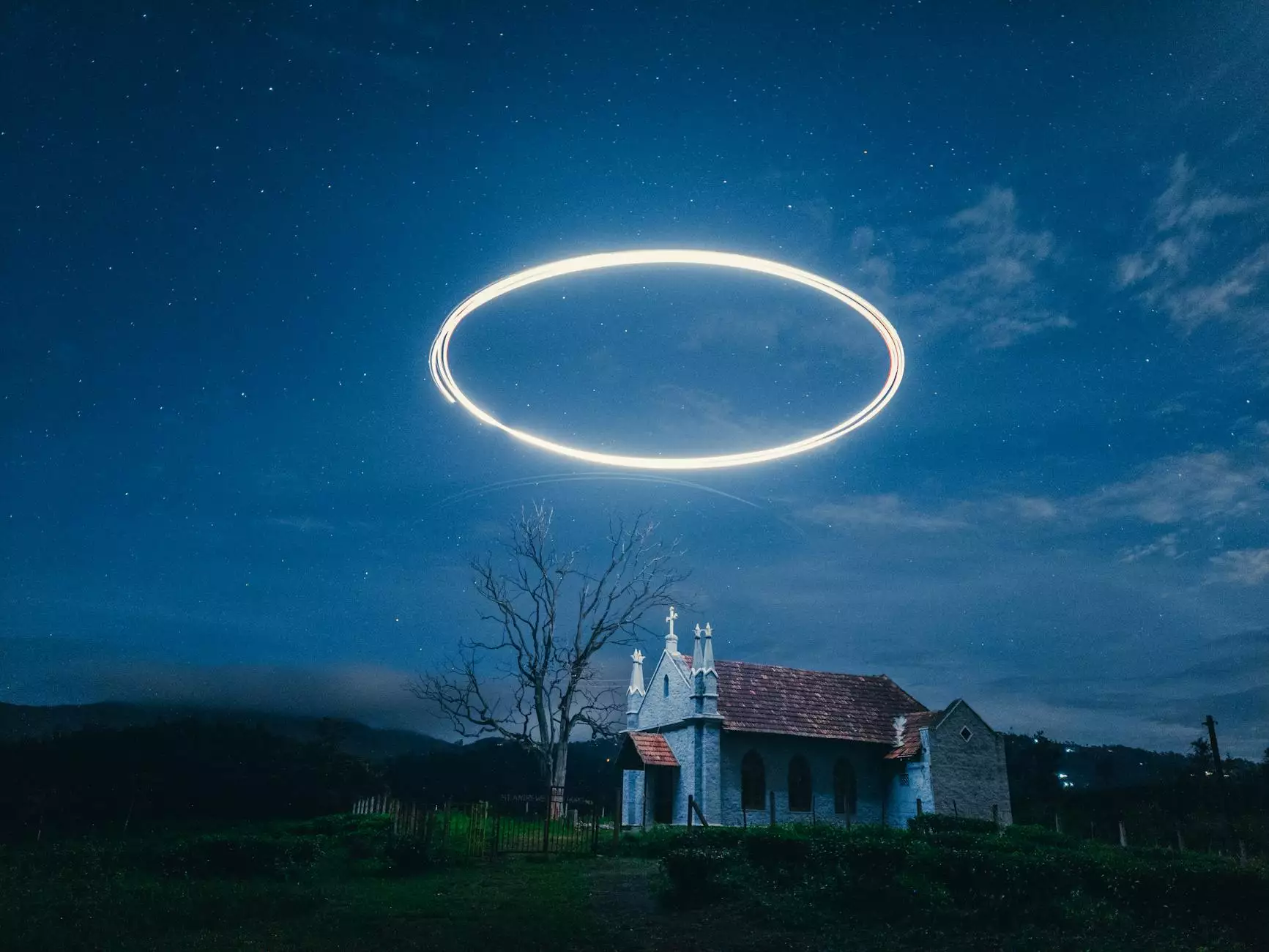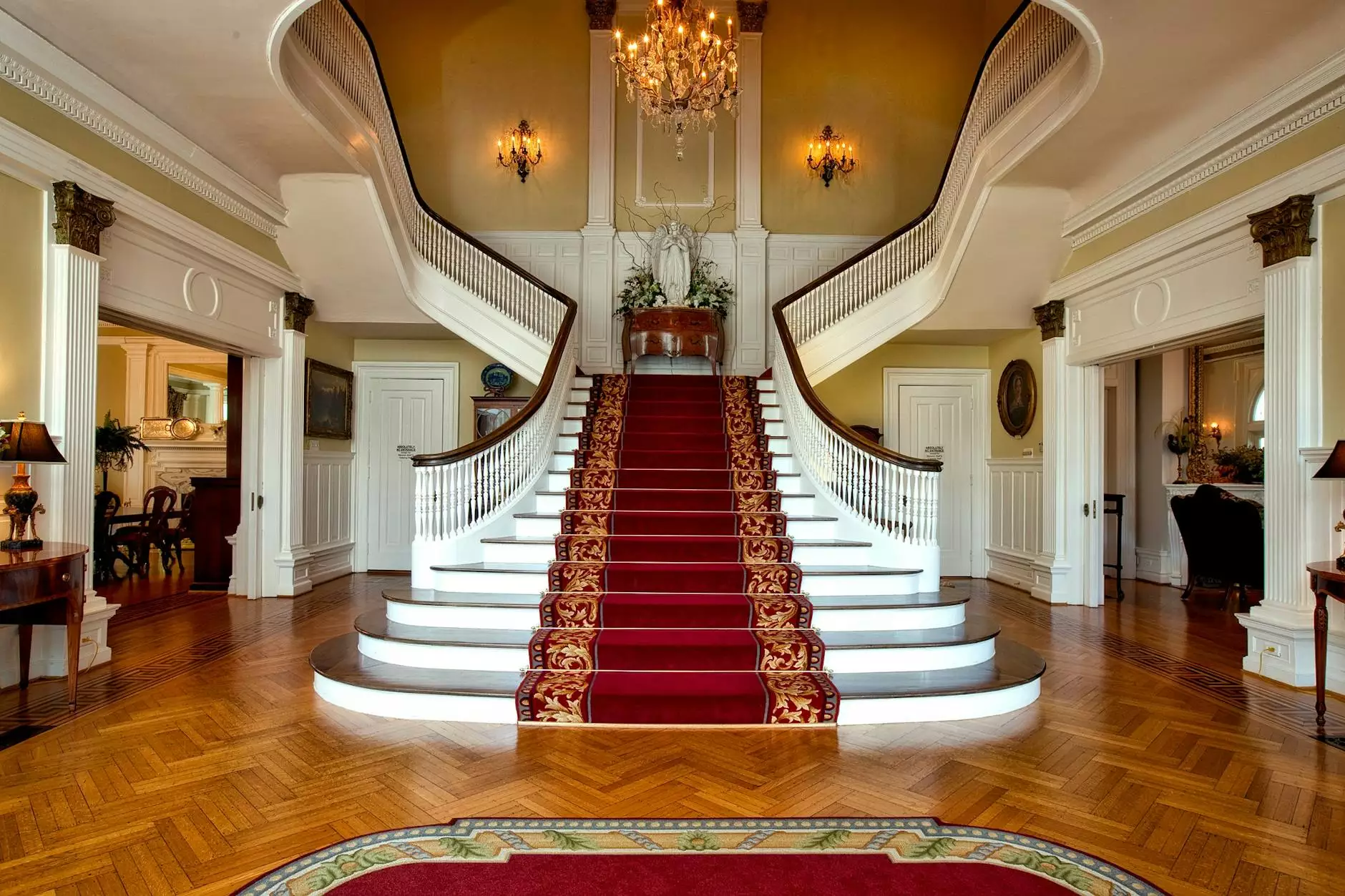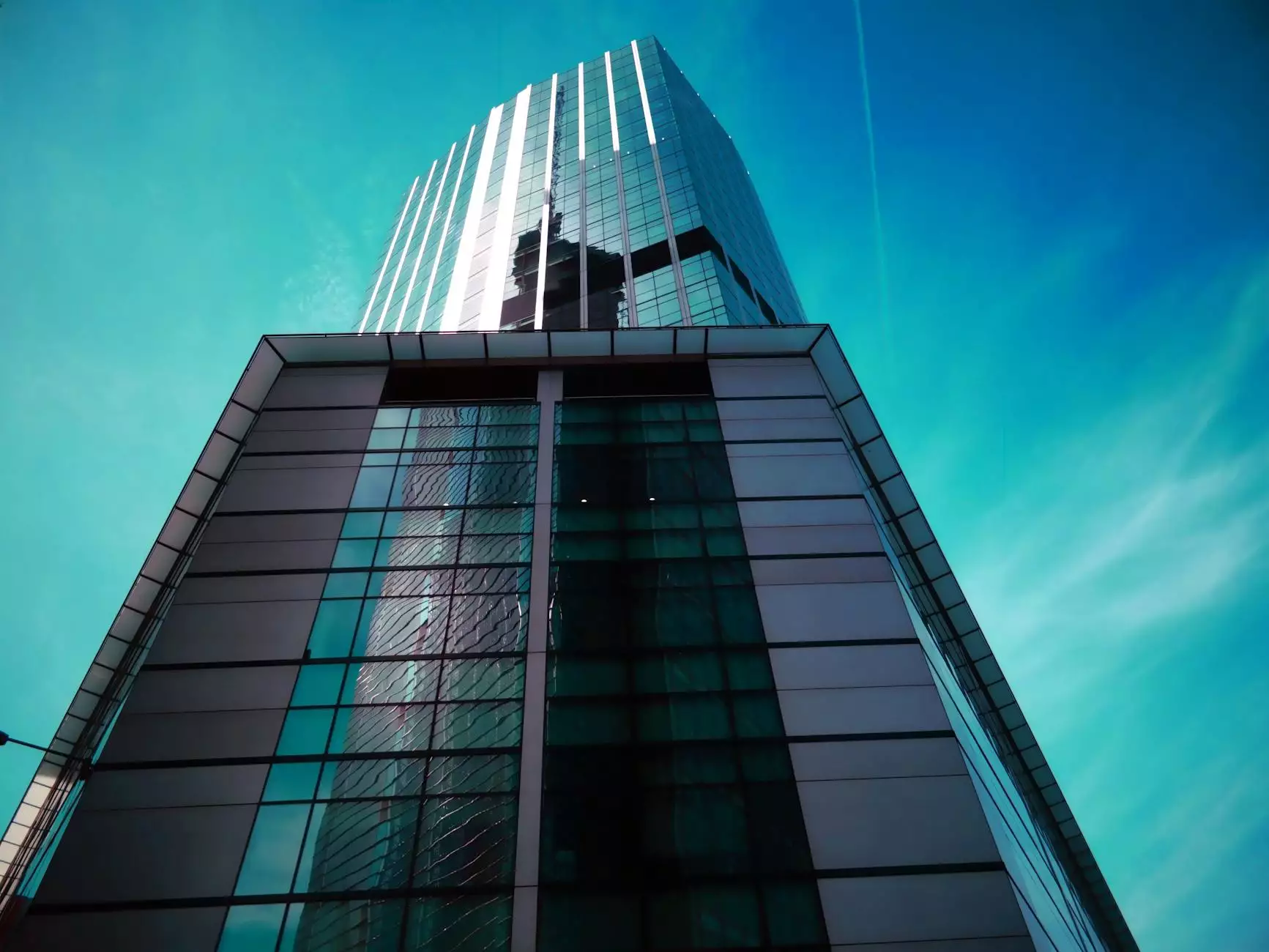The Brilliance of Light Installation Art: Transforming Spaces Through Creativity

Light installation art is an innovative and mesmerizing form of contemporary artwork that utilizes light as a primary medium to create stunning visual experiences. This unique art form not only captivates the senses but also transforms ordinary spaces into extraordinary realms of creativity. As the world continues to evolve and technology advances, the potential for light installations has grown, making it a fascinating subject for enthusiasts, artists, and businesses alike.
Understanding Light Installation Art
Light installation art embodies the intersection of technology, creativity, and environment. Artists leverage various forms of light—ranging from neon and LED to projections and natural light—to craft installations that can evoke emotions, provoke thoughts, and immerse audiences in thought-provoking experiences. Unlike traditional art forms that primarily endorse static visual experiences, light installations are often dynamic, visually engaging, and temporally ephemeral.
The Historical Context of Light Installation Art
Light has been used as an artistic medium for centuries, but the evolution of light installation art began gaining momentum in the late 20th century. Artists such as James Turrell and Dan Flavin were pivotal in redefining how light could be perceived and manipulated. Turrell’s works emphasize the sensory experiences of light and space, while Flavin explored the use of fluorescent light as an artistic statement. These pioneers laid the groundwork for future explorations and innovations in this immersive art form.
The Significance of Light in Art
Light is not merely a source of illumination; it is a powerful tool for conveying emotion and meaning. In light installation art, artists utilize light to:
- Transform Spaces: Light can redefine the visual and spatial dynamics within any environment, creating a conversation between the artwork and its surroundings.
- Engage Audiences: Interactive installations invite viewer participation, making them active participants in the artistic experience.
- Convey Themes: The use of color, intensity, and shadows can communicate complex themes, transforming abstract concepts into tangible experiences.
- Create Atmospheres: Light can evoke various moods, from tranquility to tension, influencing the emotional response of the audience.
Prominent Light Installation Artists
The realm of light installation art boasts a plethora of talented artists who have pushed the boundaries of creativity. Some notable names include:
1. Olafur Eliasson
Known for his large-scale installations, Eliasson often incorporates natural elements alongside artificial light to challenge perceptions of reality. His iconic piece "The Weather Project," displayed in the Tate Modern, invites viewers to engage with light as it mimics the sun.
2. Jenny Holzer
This American artist uses text and light to convey powerful societal messages. Through her LED displays, Holzer addresses urgent social issues, promoting dialogue and awareness through her art.
3. Bruce Munro
Munro's large-scale light installations often incorporate thousands of fiber optics, creating enchanting landscapes that blend art with natural elements. His "Field of Light" installation at Uluru in Australia is a breathtaking example of art merging with the environment.
Applications of Light Installation Art in Business
As businesses aim to create memorable experiences for their clients, many are incorporating light installation art into their environments. This trend is particularly popular in:
1. Corporate Spaces
Companies are utilizing light installations to enhance their office environments, fostering creativity and collaboration among employees. Well-designed light art can improve employees' mood and productivity, creating a more vibrant workplace.
2. Retail Environments
In the retail sector, businesses are employing light installations to draw customers' attention and create immersive shopping experiences. Striking displays can entice foot traffic, encouraging customers to engage with products in a captivating manner.
3. Event Spaces
Event organizers are increasingly integrating light installations into their setups, whether for product launches, exhibitions, or celebrations. Installations that respond to audio or audience movement can turn any event into an unforgettable experience.
Creating Your Own Light Installation
For aspiring artists and hobbyists, creating a captivating light installation can be an exciting venture. Here are some essential steps to consider:
1. Concept Development
Begin by brainstorming ideas for your installation. Determine what emotions or themes you wish to convey and how light can illuminate those concepts.
2. Material Selection
Select materials that resonate with your vision, including types of lights (LEDs, halogen, etc.), the surface area for showcasing, and additional elements (mirrors, colored gels).
3. Design and Layout
Sketch your installation layout, considering the interplay of light and shadow. Think about your audience's perspective and how they will experience the work.
4. Assembly
Carefully assemble the installation, ensuring all safety measures are taken into account. Test different light placements to achieve the desired effect.
The Future of Light Installation Art
The possibilities for light installation art are boundless. As technology continues to advance, artists are exploring new dimensions of interactivity and sustainability. Innovations such as:
- Smart Technology: Integration of sensors and programming can create dynamic installations that respond to audience interactions.
- Eco-friendly Solutions: Artists are increasingly using energy-efficient lighting options, minimizing their environmental impact.
- Augmented Reality: Merging physical and digital realms opens new avenues for creating immersive experiences that captivate audiences.
Conclusion
In a world where experiences are paramount, light installation art stands out as a transformative medium that captivates and engages. By using light as a core element, artists have the power to reimagine spaces, provoke emotions, and spark dialogues that transcend traditional artistic boundaries. Whether displayed in art galleries, corporate environments, or public spaces, these installations invite viewers to experience art in a dynamic and interactive manner, ensuring that the legacy of light installation art will continue to shine brightly in the future.









